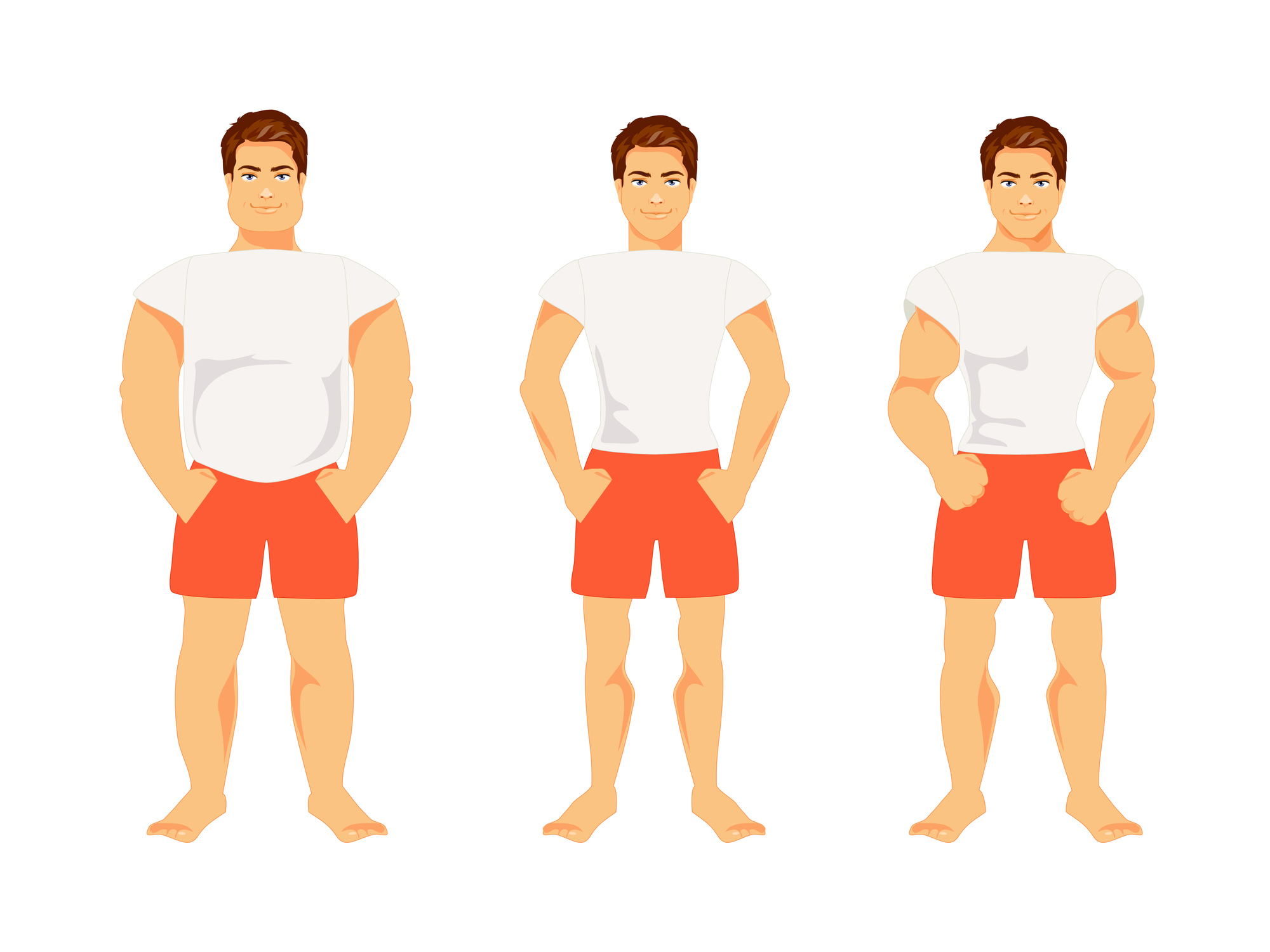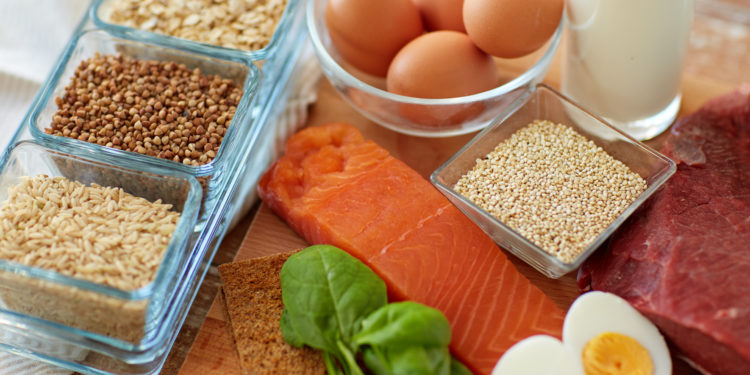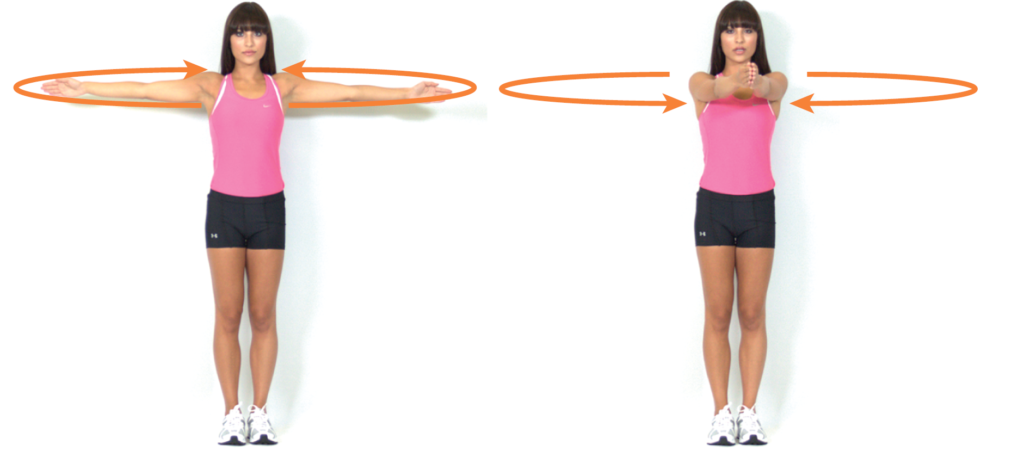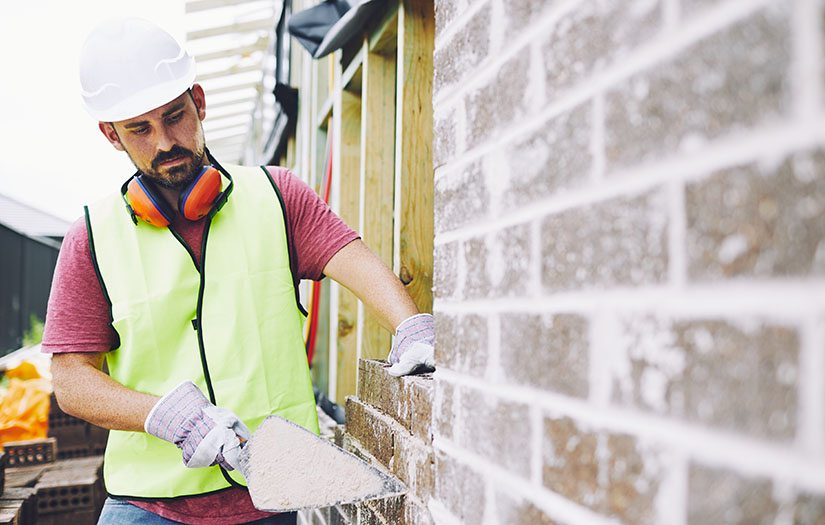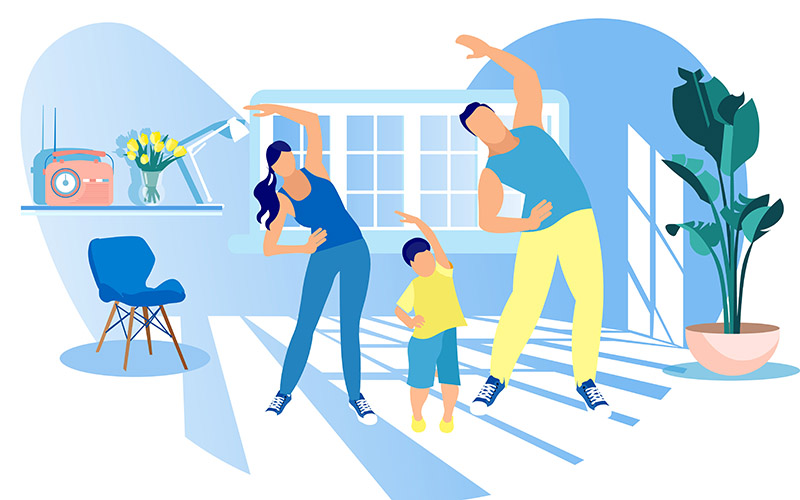It has often been said that nutrition is 90% of the game and training just 10%. The truth is, nutrizione e l'allenamento sono ugualmente importanti per vari motivi, e non è solo un gioco 50/50 perché ci sono molte altre abitudini o rituali ugualmente importanti fondamentali per la salute a lungo termine dei clienti.
Sonno, socializzazione, tipi di allenamento, cambiamento di compornto, mobility, mental health, and, yes, nutrition are vital aspects of overall health. Truth be told, what may be most important is how to make any of those meglio per le tue pratiche abitudini permanenti.
Questo articolo funzionerà come un cheat sheet come aiutare i clienti a creare nuove abitudini alimentari attraverso il cambiamento del compornto e come parlare di nutrizione con i tuoi clienti.
Il contenuto presentato in questo post del blog deriva dal nostro nuovissimo mini corso: Strategie per migliorare le abitudini nutrizionali. Assicurati di dare un'occhiata a contenuti ancora più curati sull'argomento.
Come creare nuove abitudini alimentari
Adottare nuove abitudini e rompere quelle vecchie può essere una sfida. Troppo spesso, quando proviamo a lavorare con qualcuno, proviamo a instillare i nostri obiettivi su di loro: mangia questo, non mangiare quello, o fai questo, non farlo.
Ma proprio come ogni cliente di allenamento non viene messo immediante sotto un bilanciere per fare una serie di squat, non tutti quelli che entrano in palestra avranno gli stessi obiettivi o strategie di risultato per portarli lì quando si tratta di nutrizione.
When we think about the habits most of us have, many are well-established. Every day you make automatic choices that require little consideration or thought. You simply do them. And the same is true of your clients.
È fantastico quando queste abitudini funzionano per noi e ci aiutano a vivere la vita che desideriamo, dalle semplici scelte di ricordarsi di fare la doccia e lavarsi i denti, a quelle più complesse di trovare il tempo per studiare e rimanere aggiornati sulla formazione continua.
But what about the habits that don't align with what we want to achieve? What about the client who really wants to lose weight and is consistently training to make that happen but can't stop late-night snacking on chips? Or the athlete who says they are committed to improving performance but keeps grabbing drinks with friends several nights a week?
Reminding clients (and if we're honest, even ourselves) how these choices impact our ability to reach our goals, isn't sufficient. Many s we already know these things are working against us. Instead, we have to learn how to unwire the habit and rewire a new one to create changes that support our goals, and that can last. Changing a pattern takes conscious and repeated effort.
The interesting thing about our brains is that they like to be efficient. Your brain wants to move any action you repeatedly do into a habit because it requires less effort to process and perform the behavior - meaning we do them over and over again. That's great when habits work for us - not so good when they work against us. You see, when a habit is formed, the brain stops participating fully in the decision making - instead, it turns it over to our subconscious.
Cosa ha a che fare il cervello subconscio con le abitudini alimentari?
Il nostro subconscio può gestire lo spettacolo fino al 95% delle scelte che facciamo ogni giorno (1). Questa parte inconscia del cervello, denominata anche cervello automatico, veloce o sistema, ci aiuta a preservare lo sforzo mentale per il pensiero critico e la risoluzione dei problemi per le decisioni più critiche.
The fast brain is the one that steps in and quickly decides what to do based on experience or emotion or impulsivity. It's the one that when you feel a surge of stress at the end of a long day, declares, "Ho bisogno. Un drink!"
Il lato logico del cervello cosciente
La parte cosciente del cervello, chiamata anche cervello lento o sistema due, è molto più razionale e logica. Questa parte del cervello considera i pro ei contro della situazione, le potenziali conseguenze a lungo termine e collega tali scelte a obiettivi a lungo termine. Il cervello lento è quello che può pianificare come potresti gestire quella situazione stressante in cui vuoi passare a un drink e cosa potresti scegliere invece.
Quindi quale "vince"?
Dipende dal sistema che stai utilizzando al momento in cui viene presa la decisione. Non esiste un "vincitore" o un "perdente" di per sé, ma ci sono modi per muoversi verso una consapevolezza più consapevole delle scelte che facciamo e del motivo per cui le facciamo, e come rendere meno probabile che il nostro cervello veloce dominerà il posatoio .
Ultimately, though - you and your clients are in the driver seat, and that is all based on the habits we build and how we build them. The brain is capable of vast change after all, through neuroplasticità e attivo cambiamento di compornto quando ci pensiamo.
Processo di formazione dell'abitudine: il ciclo dell'abitudine
Consideriamo come appare il normale processo di formazione dell'abitudine. In genere, gli schemi si formano nel tempo quando iniziamo a eseguire una nuova serie di compornti più e più volte.
Nel Il potere dell'abitudine, Charles Duhigg ha descritto una ricerca del MIT che ha scoperto tre elementi che possono essere trovati costannte in qualsiasi abitudine che abbiamo: spunto, routine e ricompensa (2)
Più recennte, in Abitudini atomiche, l'autore James Clear ha ampliato questo concetto per includere un elemento aggiuntivo, CRAVING (3).
It is this description of the habit loop that we'd like to use to define how we form habits. Of course, to expand on this understanding, both books are excellent additions to your toolbox to allow you to serve your clients better. For now, here's the abbreviated version.
I compornti vengono modellati nel tempo utilizzando la seguente formula.
Le 4 fasi della formazione dell'abitudine
CUE -------> CRAVING ------> RESPONSE ------> REWARD ------> Repeat this process
As you see here, it's this normal pattern by which habits are ultimately created. Let's talk through this a bit more to bring it to life.
Passaggio 1: Cue
A spunto is anything that brings about a craving. Cues can include a of day, a person, feeling or mood, a smell, or even a specific environment. For example, you wake up in the morning, and that triggers a cascade of habits that you may not even think about.
Maybe you wake up, go to the bathroom, make a cup of coffee, brush your teeth, get dressed, etc. Your cue? Time of day or for most people, the alarm clock told them it's to wake up.
Passaggio 2: desiderio
Attenendosi al nostro esempio temporale sopra e al risveglio, il file desiderio - o in altre parole - il motivazione behind the habit is what moves someone into action. You aren't motivated necessarily to brush your teeth, but rather the feeling you have from a clean mouth. Or you may not crave coffee, but rather the feeling it provides to you. Cravings differ for each person. For some, they may crave to feel awake; for others, they may crave the feeling of "attacking the day." In general, cravings occur because we want to change our internal state, so what that looks like for your clients may differ.
Passaggio 3: risposta
Successivamente, abbiamo un file risposta. The response is the actual habit you perform (brush your teeth, drink the coffee, etc. if we're sticking with our example). Think about what your usual response is to your cue in the morning and what craving you fill. And also consider how many responses are possible. Some may choose to wake and go to the bathroom.
Others may get up and head to the kitchen to start the coffee before going to the bathroom. Others may wake and lie in bed for a bit, scrolling through texts and social media. If we're talking about 100 people, there could be 100 different responses to the same cue based on experience, preferences, environment, etc.
Passaggio 4: ricompensa
Infine, abbiamo un file ricompensa. On one level, the reward is that the craving is gone. We wanted to change our internal state, and we successfully achieved that. Pretty interesting isn't it?
We like satisfying the discontent our brain creates. On the other hand, the brain is hard-wired to notice rewards from our behavior - so we're also paying close attention to what other rewards the response has created. If the reward also has other benefits – the coffee was delicious, we can now kiss our spouse with our fresh breath, etc.… it's more likely we'll repeat this cycle over and over.
Applicare la formazione dell'abitudine con la nutrizione
Let's say a client comes to you and has laid out some of her health goals. As you talk through a typical day, she tells you that she struggles with the mid-afternoon slump like so many. She typically works through her lunch, spends the next couple hours on conference calls or in meetings, then 3 PM hits, and she completely tanks. Her energy. Her mood. And it's taken out on everyone or anything in "her way."
Giochiamo usando lo spunto, il desiderio, la risposta e la ricompensa per applicarlo alla situazione quotidiana.
Mary potrebbe iniziare con una brutta emozione: non le piace come si sente nel suo corpo. Questa è lei spunto, che potrebbe essere stato ciò che l'ha portata da te in primo luogo.
Quel segnale poi porta a un file desiderio, che, in questo caso, è il suo desiderio interiore di cambiare perché vuole semplicemente sentirsi meglio.
Il desiderio di cambiare in questo caso la porterebbe da te, l'allenatore, come a risposta or maybe making some changes within her nutrition plan. But then the challenge here is with what she desires, and that is losing weight, which is outcome-driven. Unfortunately, the outcome of weight loss is detached from the immediate choice of the behavior. For example, meeting friends (again) on a Tuesday night for happy hour isn't connected to the outcome of reaching a specific bodyweight six months down the road.
With her ultimate reward being the scale, encouraging her along the way could be a challenge. If instead, the discussion is around those small, daily wins - educating her through those daily choices will go a long way. How can she ricompensa concentrandosi sui risultati del processo come l'allenamento o il consumo di cibi più sani Premiandosi per le scelte specifiche che può fare lungo il percorso che le consentiranno di raggiungere il suo obiettivo, può rimanere in contatto durante tutto il processo. È il potere di quelle piccole abitudini e vittorie che la spingeranno davvero verso il successo a lungo termine.
Il potere delle piccole abitudini
Many s when clients come to us for help, they are looking to achieve a goal. "I want to be stronger." "I want to be a better athlete." "I want to be thinner." They come in focused on the outcome they want to attain. Again, this goes back to the discussion around an outcome goal but doesn't necessarily consider the necessary steps to achieve that long term win.
The other piece of knowing who your client desires to become and what responses they'd want to choose is that you can help them move in the smallest direction. When we select tiny habits that move toward who we want to become while still staying in alignment with our current self-image, we're much more likely to stick with the change because it doesn't feel so drastic. Switching from fast food to grilled chicken and broccoli may not be possible for someone who identifies themselves as a veggie hater or a fried chicken fanatic.
Someone who dislikes exercise may not be on board with a program that requires them to do five workouts a week. But maybe they can agree to swap their regular stir fry base of rice with stir-fried veggies and aim for just two workouts a week.
Quando sai cosa pensano sia possibile e li aiuti a identificare i piccoli cambiamenti che possono fare in quella direzione, possiamo aiutarli a muoversi verso la nuova identità o obiettivo che vogliono raggiungere. I piccoli cambiamenti non provocano disagio, paura o altri sennti di "Non posso farlo" e quindi portano a una maggiore adesione e successo.
But that all comes back to the formation of habits. Remember, cue, craving, response, and reward. When you frame client discussions around these, it can help them achieve what they want to achieve, which ultimately helps you in building long term relationships.
Esempi di nutrizione nella vita reale: come costruire un piatto applicando il potere di piccole abitudini
Abbiamo ora toccato la creazione di abitudini e il potere di piccole abitudini. Vediamo ora alcuni esempi specifici che utilizzano l'alimentazione e i modi in cui i clienti possono costruire i loro piatti per soddisfare le loro esigenze o il loro senso di identità.
First, when we think about a plate, it's important to stress that nutrition is not black and white. Clients want it to be, and it would be so easy for us to simply give people those nutrition rules - eat this, don't eat that. But there's much more to nutrition than what to eat or not eat.
Che cosa succede se sei fuori con colleghi o amici a un evento sociale o è una grande festa e sei circondato da cibi e alcolici tradizionali, il che rende difficile restare fedeli al piano per raggiungere l'obiettivo principale?
That said, let's simply share what a smart plate could look like. This example allows for some flexibility in its approach - it's not low carb, low fat, vegan, gluten-free, or anything else - it's a way to balance your plate and will meet the needs of most clients and also allow for personalization since no one diet is universal.
How abourely discussing the importance of balancing a plate to your clients? What does thaan? Think about it in terms of handfuls - two handfuls of produce per meal, one handful of protein and one handful of quality, fiber-rich grains. That's it.
Puoi disegnarlo per loro, tracciare linee su un piatto di carta - qualunque cosa sia che rende più comodo insegnare, ma alla fine della giornata, fare semplici turni come questo aiuta a enfatizzare il messaggio delle piccole abitudini.
Usare l'Habit Loop per creare nuove abitudini positive
We've covered a lot so far - the habit loop, fast and slow brain, and tiny habits. Now we're going to focus on how we can use the habit loop to consciously create positive habits using an example.
We'll assume a client wants to start a training program with you and hopes to work out first thing in the morning three days a week. Let's walk through the habit loop to see how we can make it more likely she consciously chooses this behavior and repeats it until it's habitual.
Habit Looping - The Cue
Per lo spunto - la chiave è renderlo qualcosa che accada in modo coerente. In questo esempio, sta scegliendo di allenarsi per prima cosa al mattino (il che in realtà lo rende facile), perché è probabile che non ci siano molte cose tra il suo momento di svegliarsi e la sua risposta di andare in palestra per allenarsi.
An easy strategy to cue yourself to do a new behavior is to create a "When I, Then I" stant and pair the new behavior with something you already do. When I do x, then I do y. Or in this case, it might look like: When I wake up, then I workout. Have your clients think about how they can tie the new behavior to something they already do.
Habit Looping - The Craving
For the craving, you've got to get a bit more creative because you have to think of what will make your client crave something she is currently not doing. One way to do this is to have her combine a Want to Do an activity with a Need to Do one. In this case, her workouts are a Need to Do behavior.
To crave the exercise, she would combine her training sessions with you with another activity she wants to do. Maybe that is spending with a friend. So in this example, to crave her morning workouts, she signs up for group training with her friend, which makes her look forward to it even more.
Habit looping - La risposta
Now, let's talk about the response. This becomes important because your client needs to make sure the response is something she's likely to do. For this, have them think of 0 as equal to no chance she'll do the behavior and 10 as equal to 100% certainty she makes it happen.
You want her to choose a response that she is 90% certain she can make happen. So, in this case, 9 s out of 10, she will make it to the training session. She feels confident she can - especially since it's the first thing before her day begins (cue) and because her friend will meet her there (craving), and so you agree to 3 days a week. If she is only at a 7 though, in terms of confidence, you'd look at what would make the number higher.
Does she need to go to fewer training sessions per week? Do the training sessions need to be shorter? Keep working to make sure it is a choice she feels confident she can achieve.
Considerazioni sulla ricompensa per il cliente
And then we get to the sweet reward. How can your client reward herself for her new behavior? What immediate response can she include in her routine that will make it feel like a win? For years when we ran a fitness Bootcamp first thing in the morning, we had women who would go to the coffee shop afterward to reward themselves for making it to camp.
Chiedi alla tua cliente di considerare cosa può usare come ricompensa per i suoi sforzi per renderlo più propenso a mantenerlo. Immediato è il migliore, ma finché lo trova gratificante e non compete con il risultato che desidera, tutto può funzionare.
By consciously thinking through the cue, craving, response, and reward, your client can create support for her new behavior and increase the likelihood that she will form a new habit loop and ultimately a habit. The next you or your clients have a habit you'd like to work toward, consider how you can use those four elements to make it stick.
Applicazione di questi principi per abitudini nutrizionali positive
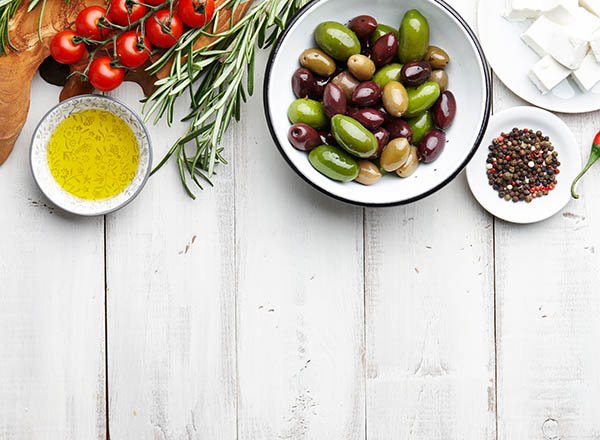
Applichiamo ora questo a un compornto alimentare, poiché spesso è utile attraversare diversi scenari per applicarlo meglio alla tua situazione. Che ne dici di incoraggiare il tuo cliente a bere più acqua, per esempio. Dire semplicemente a un cliente di bere più acqua non è troppo efficace di per sé, quindi una strategia come quella che descriverò può aiutare. Usando il framework discusso sulle abitudini di costruzione, vediamo come possiamo modellarlo.
Certo, ci sono molti momenti della giornata in cui puoi bere più acqua. Ma poiché sarebbe più facile distribuire l'assunzione durante il giorno, un suggerimento che potresti incoraggiare qui sarebbe quello di bere un bicchiere d'acqua subito dopo il risveglio. Quindi quando mi sveglio, bevo un bicchiere d'acqua.
Yes, it can be that simple. The craving then can be the feeling of drinking a glass of water before anything else. That feeling of wetting your mouth first thing in the morning. Or the sense of how that feels in your body when you first drink it. The response then is deciding how much to drink.
Abitudini positive in azione
If the goal is to drink half their body weight in ounces each day, for example, well, then starting with an 8 oz glass might be sufficient. Finally, the reward might be as simple as checking off on the calendar that the client drank water or mark it off in a nutrition log or tracker. So these can be pretty simple. It depends on what the client would benefit from, and this can be decided together.
While this may seem rather straightforward, when stacked together with other positive habits, you can see how "magic" can start to happen. What if your client stacks together that simple habit of drinking 8 oz of water each morning with a 5 or 10 minute morning walk. When they get back from their walk, then they enjoy a piece of fruit and take their vitamins.
La prossima cosa che sappiamo, sono in atto sempre più abitudini positive che prendono residenza permanente portando ai risultati desiderati. Ora tieni presente che tutte quelle abitudini non avrebbero luogo o non dovrebbero essere suggerite dall'oggi al domani; il bello delle piccole abitudini è che si verificano nel tempo e si impilano l'una sull'altra una volta stabiliti i compornti precedenti.
Come sappiamo, però, non si tratta solo di costruire abitudini positive sopra abitudini positive. Dobbiamo anche considerare allo stesso modo rompere (o sostituire) le vecchie abitudini.
Usare l'Habit Loop per rompere le vecchie abitudini
We make 1000's of decisions day in and day out. And for most people who are making the same type of decisions in the same kind of environment, these decisions are ultimately being handled from our fast brain. They're automatic, based on years of learned patterns and may ultimately conflict with our goals. So what do we do if we have habits that we believe are problematic that have a negative impact and are keeping us, or our clients, stuck?
Let's take a look at how we can use the four elements of the habit loop to unlearn a negative habit. Beginning with the cue, in an ideal environment, you'd just remove it. But cues are complex - and include the of day, people, mood, environment, and other behaviors.
You can't always eliminate them, but you may be able to avoid them or alter them, so they are within your control. Say, for example, your client complains that he always overeats in the evening. One of the reasons for overeating is snacking as soon as he walks in the door after work. If the cue is when I get home, then I grab a snack from the fridge, choosing to come in through a different entrance to avoid landing in the kitchen may be beneficial. Or he could decide to head to the bedroom and change clothes instead while he thinks about what he wants to make for dinner.
Cos'è Urge Surfing?
Il surf urgente è una tecnica che paragona un desiderio a un'onda. Al culmine dell'onda (la cresta) arriva la parte più difficile del desiderio di resistere. Ma questo punto più alto del desiderio è solo temporaneo, poiché l'onda alla fine si attenua (tutto ciò che sale deve alla fine scendere). Con il tempo e la pazienza sufficienti, puoi surfare sul desiderio gestibile e aspettare che il prossimo sorga.
When it comes to craving - this is the part that usually makes people give in to the old habits over and over again. They feel a craving to raid the pantry or fridge, and that craving grows and grows. It's as if once your client recognizes he wants to eat something, his brain will increase the urgency and the intensity of that craving. To change the craving (and this is something that works with repeated use and practice over ), you can teach your client to use Urge Surfing.
On average, it takes about 15-20 minutes before cravings will go away. Depending on the habit, this could differ, but the key is to remember that left on its own, the craving will eventually go away.
La prima volta che il tuo cliente cerca di resistere all'impulso e di cavalcare l'onda, si sentirà piuttosto intenso, perché il cervello è abituato a cedere all'impulso, ma alla fine con la pratica ripetuta e dicendo di no, diventa più facile.
strategie per sollecitare con successo il surf
Strategies for riding out the urge include waiting that 15-20 minutes before deciding if you still want to give in. But you can also take advantage of distraction (finding something else to do, going for a walk, etc.) and can also substitute a healthy option in its place. Instead of raiding the fridge and pantry for the high calorie and salty snacks, your client could opt for a piece of fruit instead.
Then to target the response, your client could increase the distance between himself and the high-calorie snacks. Maybe he only keeps healthy options in the house, so even when he does raid the pantry, it doesn't do much damage. Or perhaps he moves the tempting snacks to a far-removed cabinet instead. And lastly, to target the reward aspect, your client could find someone to help hold him accountable. Maybe that's you, and he texts you to let you know when he navigates that habit loop successfully, or perhaps it's his spouse/partner or kids.
Condividere gli obiettivi di "rinuncia" rende molto più probabile che quelle vecchie abitudini vengano abbandonate o sostituite.
Sommario
It's not just about the snacks, the breakfast, lunch, or dinner. It's not even just about the workout or daily movement breakfast. Sure, all of these add up, and one of our jobs as trainers is to help clients sort through their daily health behaviors.
La chiave per qualsiasi successo a lungo termine, che sia in circolazione nutrizione, esercizio o, beh, qualsiasi cosa - si sta sviluppando lennte nel tempo. Progressi oltre la perfezione.
Consider this with your clients and even apply it to your behaviors. Changing habits may feel challenging, but with the right awareness and support, we can craft the behaviors to help our clients and us, achieve goals and become who we'd like to be.
When we think about the habits most of us have, many are well-established. Every day you make choices that you don't have to consider or think about. You simply do them. And the same is true of your clients.
Questo sistema ben progettato è positivo, perché se dovessimo pensare a ogni cosa quotidiana, ogni singolo minuto - beh, diamine, saremmo mentalmente e fisicamente esausti. Più abitudini positive possiamo automatizzare e aiutare i nostri clienti a fare lo stesso, meglio sarà per tutti noi.
Riferimenti
- Wyer JR., RS (1997). L'automaticità della vita quotidiana. Hillsdale, NJ: Lawrence Erlbaum Associates.
-
Il potere dell'abitudine di Charles Duhigg
- Abitudini atomiche di James Clear
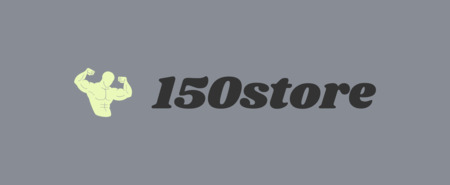


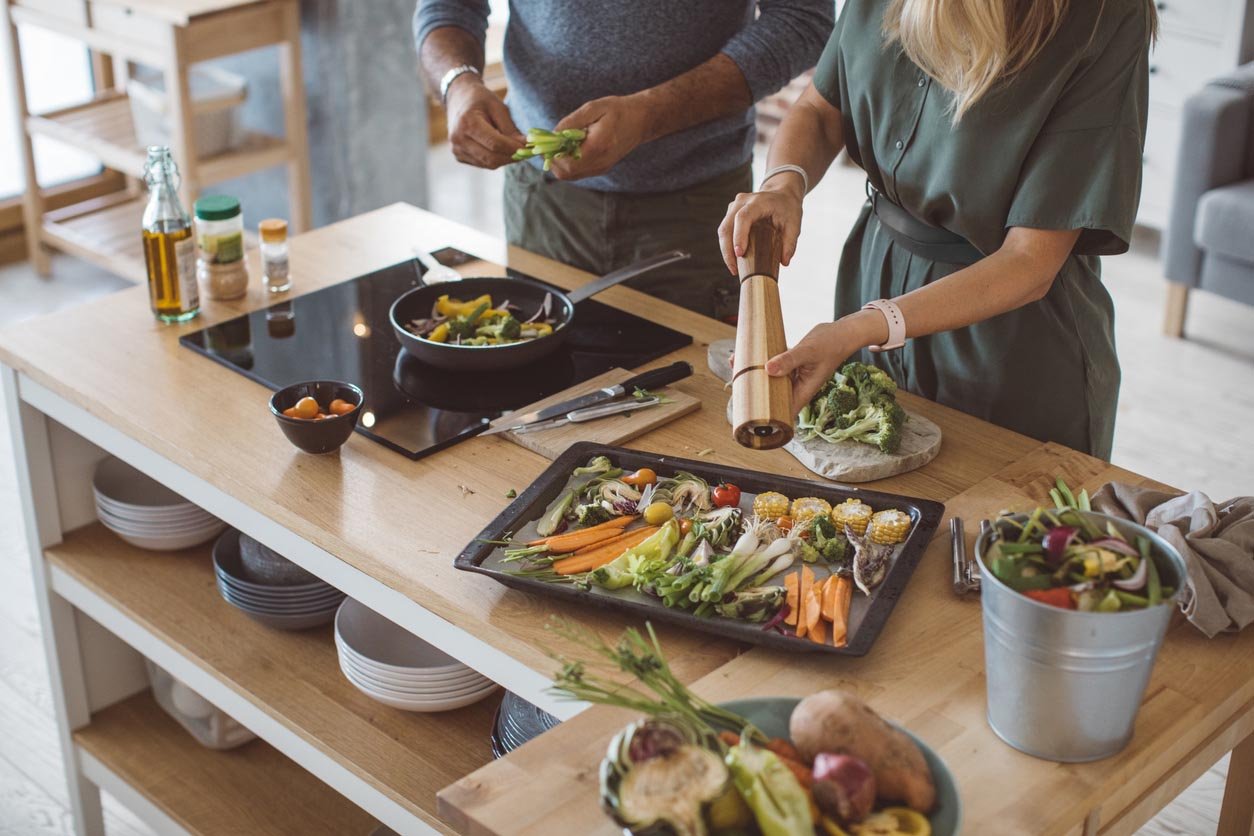


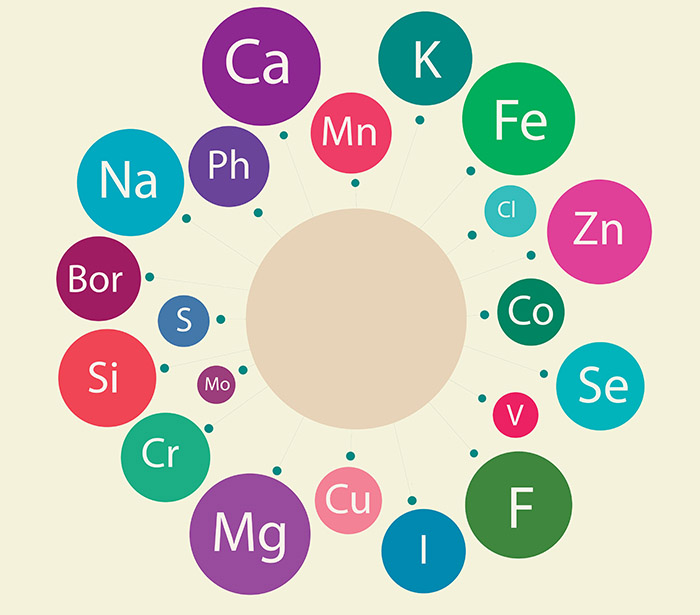
.jpg?width=330&name=Optima%20Ads_blog3%20(1).jpg)
